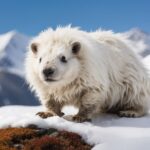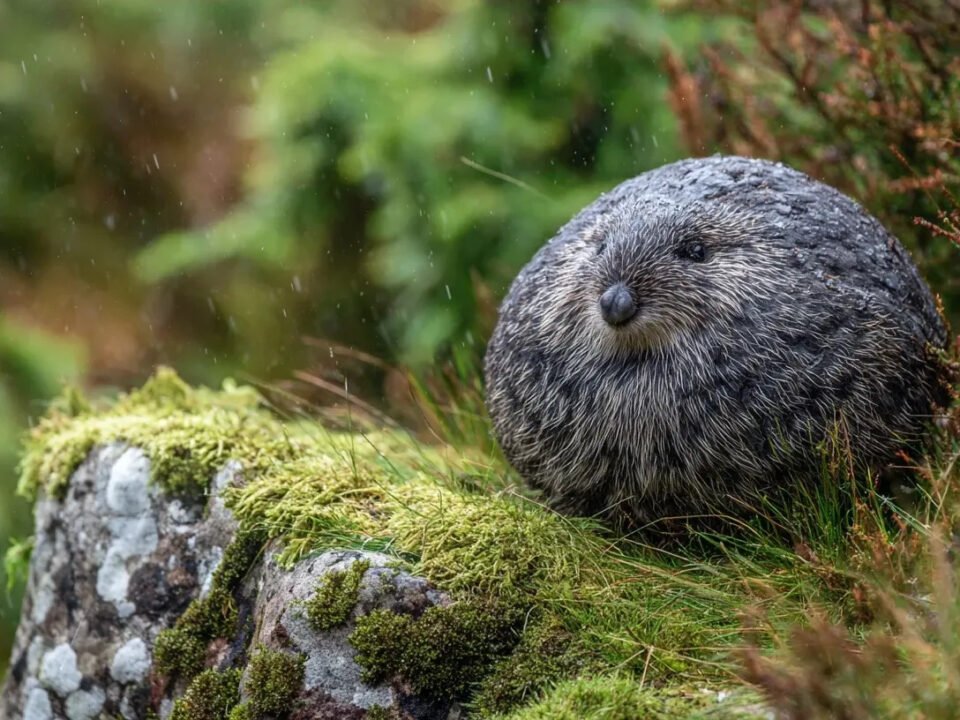Borders Haggi
Scientific name: selkirkensis
Known as the Borders Haggis or Selkirk Black, is a species marvelously adapted to the distinctive topography
Species Information
Conservation status
Classed as Vulnerable on the Red List of Scottish Haggis (1970)
All year round
About
The Haggi selkirkensis, colloquially known as the Borders Haggis or Selkirk Black, is a species marvelously adapted to the distinctive topography and ecology of the Borders region, particularly within the hills and valleys of Selkirk.
How to identify
Leg Structure and Locomotion: One of the most notable adaptations of the Haggi selkirkensis is its asymmetrical legs, a unique characteristic that makes it exceptionally adept at navigating the undulating landscapes of its habitat. This evolutionary trait ensures that the creature can maintain balance and stability, whether it’s ascending steep hillsides or traversing across sloped terrains, providing it with a significant advantage in its environment.
Diet and Nutritional Adaptations: In addition to its physical adaptations, the Selkirk Black has developed a diet rich in the endemic flora of the Borders region. Its digestive system is specially adapted to process a variety of local plant species, extracting necessary nutrients and energy to sustain its active lifestyle. This diet not only supports its overall health and vitality but also fortifies the creature’s connection to its specific habitat, as it relies on the unique botanical resources available in the region.
Fur Characteristics: The fur of the Haggi selkirkensis, while not described in the initial prompt, can be inferred to have specific characteristics that cater to its environment. It is likely dense and protective, providing insulation against varying weather conditions, and could possess coloration that helps it blend into the grassy and wooded landscapes of the Borders region.
Eye Adaptations: The creature's eyes might also have evolved to suit its environment, with adaptations that enhance its ability to navigate through the varied terrains and spot potential food sources or predators from a distance.
Distribution
Common and widespread in the Scottish Borders. Also found in significant numbers at two sites in edinburgh and glasgow.






